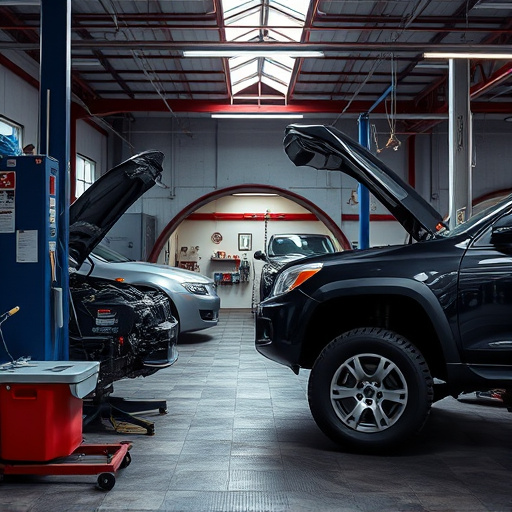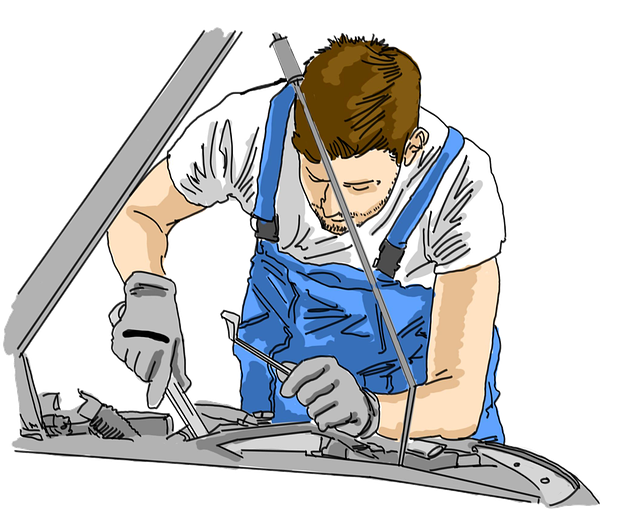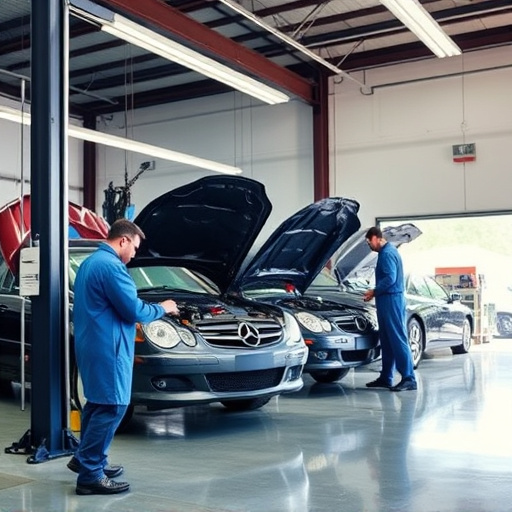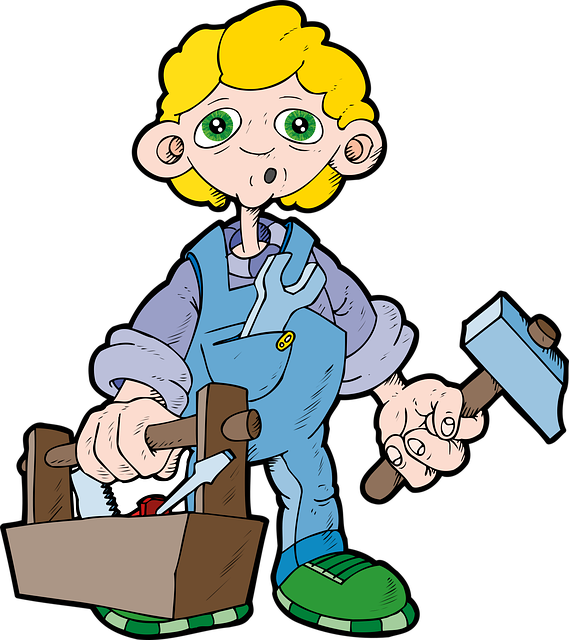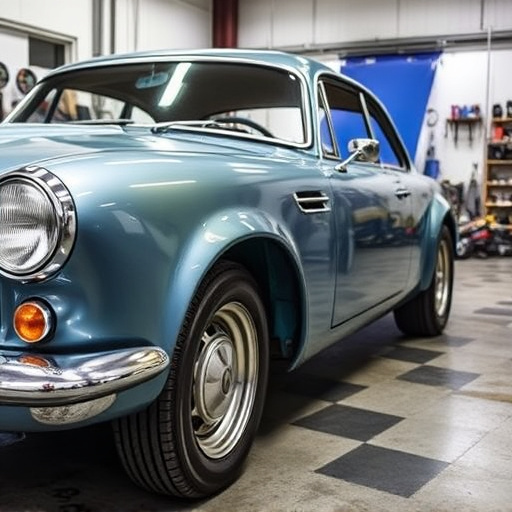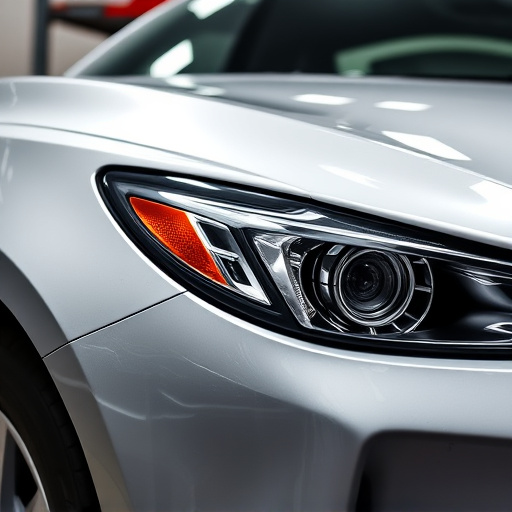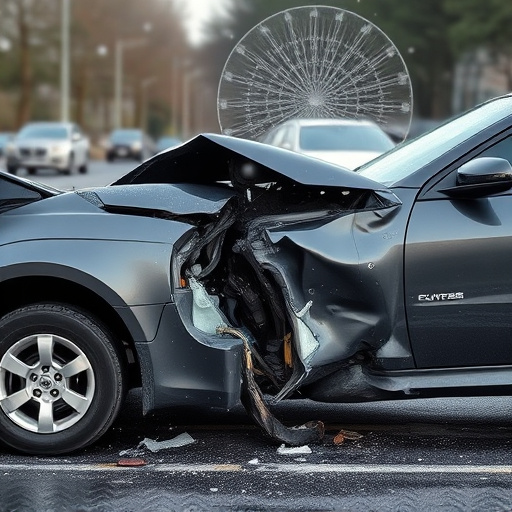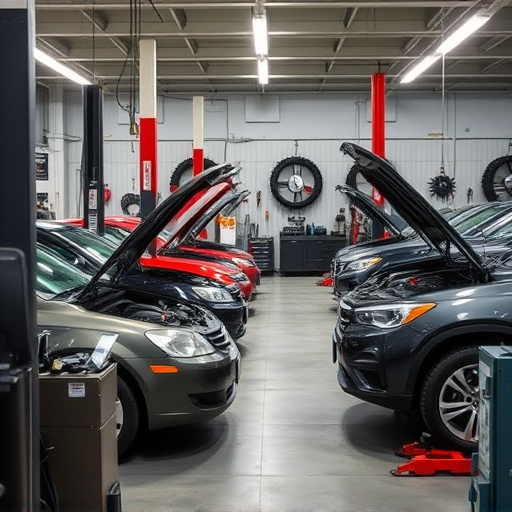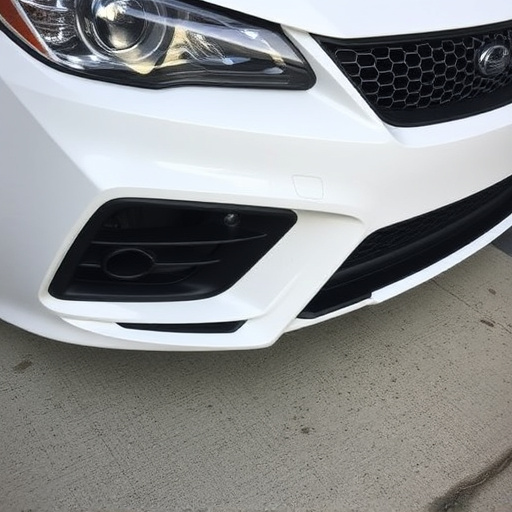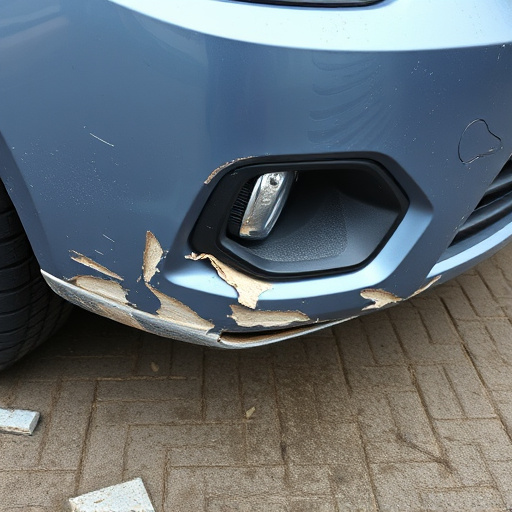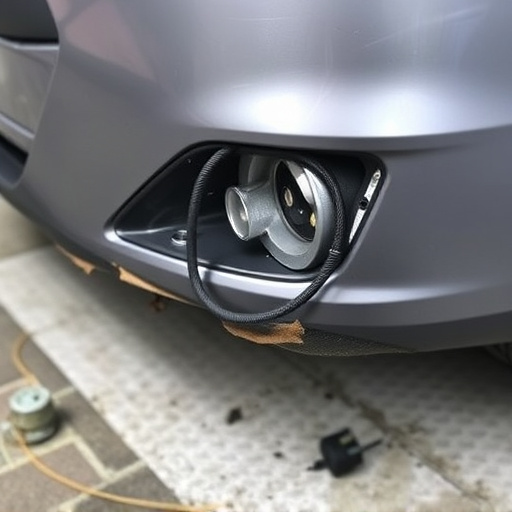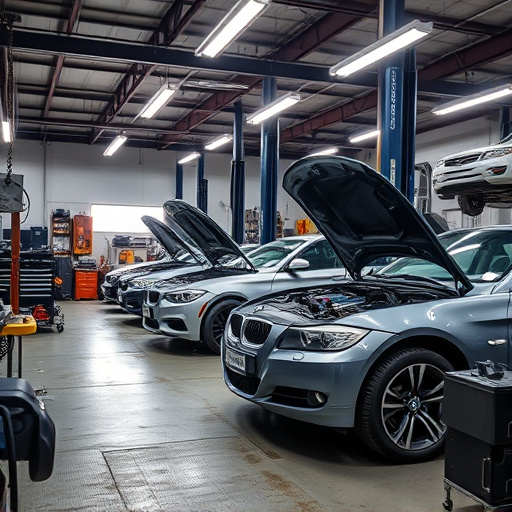Panel beating, an ancient art in automotive collision repair, meticulously restores vehicle aesthetics by reshaping metal panels using hand tools and metallurgical knowledge. Choosing between aftermarket and Original Equipment Manufacturer (OEM) parts is crucial; while aftermarket parts are cheaper, OEM parts offer superior quality, better compatibility, and enhanced structural integrity, ensuring safer and longer-lasting repairs that can positively impact resale value. For best results, ensure part compatibility with your vehicle model from reputable brands, maintaining or restoring both structural integrity and aesthetic appeal.
In the world of automotive repairs, choosing the right panel beating parts is crucial. This article delves into the core considerations when contrasting aftermarket versus Original Equipment Manufacturer (OEM) parts. We explore the intricate art and process of panel beating, dissecting quality and reliability differences, and offering valuable insights to help you navigate this complex landscape. Understanding these factors ensures your vehicle restoration or repair projects are not just fixed but flawless.
- Understanding Panel Beating: The Art and Process
- Aftermarket vs OEM Parts: Quality and Reliability Comparison
- Considerations for Choosing the Right Panel Beating Parts
Understanding Panel Beating: The Art and Process
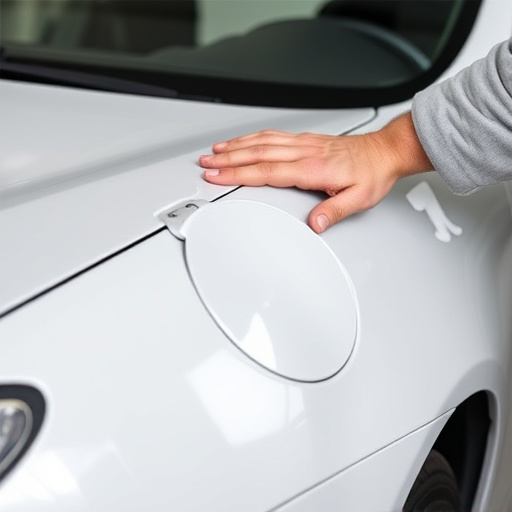
Panel beating is an art that lies at the heart of automotive collision repair and car body repair. It’s a meticulous process that involves shaping and restructuring metal panels to restore a vehicle’s original aesthetics after damage or degradation. Skilled panel beaters use a combination of hand tools, power equipment, and specialized techniques to manipulate metal with precision. This craft requires both physical dexterity and an innate understanding of metallurgy, enabling them to realign bent panels, fill dents, and smooth out irregularities.
In the realm of auto repair shops, panel beating plays a pivotal role in ensuring vehicles return to their pre-incident condition. The process encompasses more than just making visual repairs; it also involves ensuring structural integrity. Expert panel beaters employ advanced techniques like spot welding, metal fabrication, and precision measuring to guarantee that fixed panels not only look good but also perform optimally during road testing. This level of craftsmanship is crucial in achieving seamless fusion between aesthetics and functionality in auto repair.
Aftermarket vs OEM Parts: Quality and Reliability Comparison
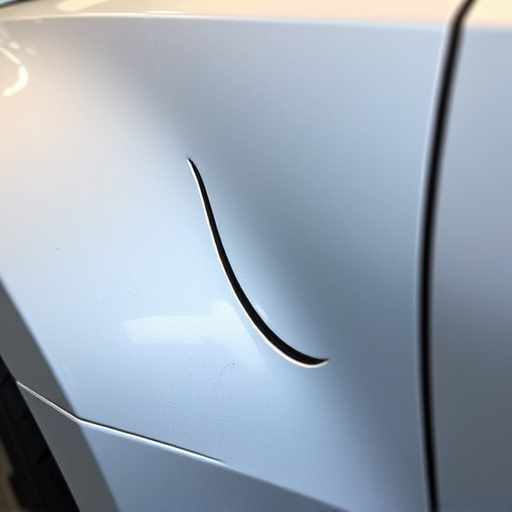
When it comes to panel beating, the choice between aftermarket and Original Equipment Manufacturer (OEM) parts can significantly impact the quality and reliability of a collision repair. Aftermarket parts, often referred as third-party or generic components, are typically more affordable than OEM ones. They are designed to fit various makes and models, making them a convenient option for many collision repair shops. However, their lower cost may come at the expense of durability and performance, which can be crucial in ensuring long-lasting repairs and the safety of the vehicle.
On the other hand, OEM parts are specifically manufactured by the vehicle’s original producer, tailored to fit the make and model precisely. These parts usually offer superior quality, better compatibility, and enhanced structural integrity, especially for critical components like body panels. While they might carry a higher price tag, collision repair shops that prioritize top-notch work and safety should consider OEM parts as an investment, ensuring the vehicle’s original design and safety standards are maintained. In the event of a future resale, vehicles with genuine OEM parts may also retain their value better due to their association with the brand’s quality control.
Considerations for Choosing the Right Panel Beating Parts
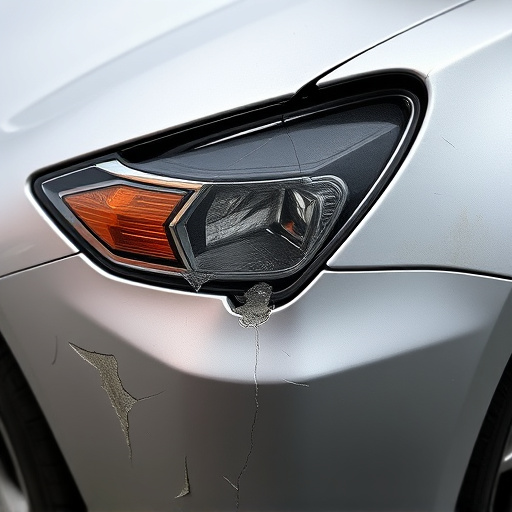
When selecting panel beating parts for either aftermarket or OEM (Original Equipment Manufacturer) replacement, several crucial considerations come into play. Firstly, assess the compatibility of the parts with your specific vehicle model and year. Ensuring proper fitment is essential to facilitate seamless installation during the panel beating process. Automotive collision repair experts often recommend checking the manufacturer’s guidelines or consulting original equipment supplier catalogs for accurate specifications.
Additionally, take into account the quality and reputation of the source from which you procure these parts. Aftermarket components can vary widely in terms of durability and performance. Opting for well-regarded brands known for their reliable automotive repair parts can significantly reduce potential issues down the line. In the end, making informed choices based on these considerations will contribute to successful panel beating outcomes, ensuring your vehicle’s structural integrity and aesthetic appeal are maintained or restored effectively.
When it comes to panel beating, choosing the right parts is paramount. Aftermarket and Original Equipment Manufacturer (OEM) parts each offer unique advantages in terms of quality and reliability. By understanding the nuances of both options and considering factors like material, craftsmanship, and compatibility, car owners can make informed decisions that ensure their repairs are not just functional but also aesthetically superior. Whether opting for aftermarket innovation or OEM precision, the right choice will transform your panel beating project into a testament to the art of automotive restoration.
